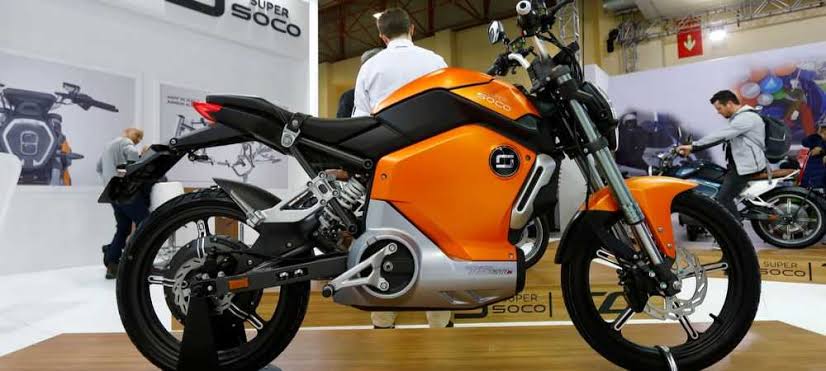With the growing popularity of electric motorbikes, there is often confusion about their maintenance requirements. One common question is: do long range ebike need MOT? This article will provide a comprehensive guide to help electric motorbike owners understand MOT requirements and how they differ from petrol-powered bikes.
What is an MOT?
Before we dive into whether electric motorbikes need MOT, it’s important to clarify what an MOT is. The MOT test (Ministry of Transport test) is an annual examination required for most vehicles in the UK that are more than three years old. The test ensures that the vehicle meets road safety and environmental standards.
While the specifics may vary depending on the type of vehicle, the core components of the test focus on areas like:
- Brakes
- Lights
- Suspension
- Emissions
The MOT ensures that vehicles are safe to drive and aren’t causing undue harm to the environment. However, when it comes to electric motorbikes, the requirements can be a bit different.
Do Electric Motorbikes Need MOT?
Now, let’s address the main question: do electric motorbikes need MOT? The answer is yes, electric motorbikes generally need an MOT, but there are some key differences compared to traditional petrol-powered bikes.
Key Differences for Electric Motorbike MOT
While electric motorbikes are subject to an MOT test after they are three years old, there are fewer components involved in the test. This is because electric motorbikes don’t have an internal combustion engine, meaning they don’t produce emissions. Therefore, the MOT test for electric motorbikes omits the emissions check. This can often make the test quicker and potentially less expensive compared to petrol bikes.
However, the other safety-related components of the motorbike, such as brakes, lights, tires, and suspension, will still be thoroughly checked.
Components Checked During an MOT for Electric Motorbikes
Though electric motorbikes are different from petrol-powered vehicles, the MOT test still covers essential safety checks. Here’s what you can expect:
- Lights and Signals
All lights, indicators, and signals must be working correctly to ensure visibility and communication on the road. - Brakes
The efficiency and condition of the brakes are crucial for safe riding. The MOT test ensures that both front and rear brakes are in optimal working order. - Tires
Tires are checked for their tread depth and overall condition. They must meet the minimum legal requirements for safety and roadworthiness. - Suspension
The suspension of the electric motorbike is tested to ensure the ride is smooth and safe. - Steering
Steering systems are also checked to make sure the bike can be controlled safely. - Frame
The frame of the bike is inspected for any cracks or damage that could compromise safety. - Horn
The horn must be functional to allow the rider to alert others on the road when necessary.
How to Prepare Your Electric Motorbikes for an MOT
Now that we know electric motorbikes need MOT, it’s crucial to prepare your bike for the test to avoid any unexpected failures. Here are some tips for ensuring your electric motorbike passes the MOT test:
- Check Your Lights
Ensure all your lights, including headlights, taillights, and indicators, are working properly. Replace any bulbs that have burned out. - Inspect Your Brakes
Test your brakes to ensure they respond quickly and aren’t making any unusual noises. If they feel spongy, it might be time for a brake fluid check. - Examine Your Tires
Make sure your tires have sufficient tread depth and aren’t worn down. The legal minimum tread depth in the UK is 1mm for motorcycles. - Test Your Horn
It might sound simple, but a non-working horn can cause you to fail the MOT. Give it a quick test before heading to the test centre. - Look Over the Frame and Suspension
Ensure there are no visible cracks or damage to the frame. Also, test the suspension by pressing down on the bike to check for any unusual stiffness or looseness.
Exemptions and Special Cases
While the general rule is that electric motorbikes need MOT tests after they are three years old, there are some exemptions. For instance, if your electric motorbike is classified as a “historic vehicle,” meaning it was built over 40 years ago, it may not require an MOT. However, most modern electric motorbikes will need to go through the test.
Additionally, vehicles used only on private property and not on public roads may not require an MOT. If you’re unsure, it’s always best to check with the DVLA or a local MOT centre.
Benefits of Regular MOTs for Electric Motorbikes
Even though the MOT is a legal requirement, it also offers numerous benefits to electric motorbike owners. Regular testing ensures that your bike is safe to ride, which reduces the likelihood of accidents caused by faulty components.
Moreover, keeping your bike well-maintained can extend its lifespan and improve its performance. For example, a well-tuned braking system not only makes your rides safer but also enhances the overall riding experience. The MOT test can highlight issues that, if left unattended, could lead to more costly repairs down the road.
Conclusion
In summary, do electric motorbikes need MOT? Yes, they do, just like petrol-powered bikes. However, because they don’t have an internal combustion engine, there are fewer components to check, making the test simpler. Nonetheless, regular MOTs are crucial for ensuring that your electric motorbike is safe, roadworthy, and compliant with UK law. By staying on top of your bike’s maintenance and preparing for the test, you can enjoy the benefits of smooth, safe riding for years to come.
